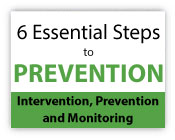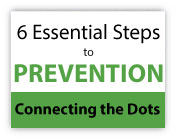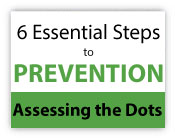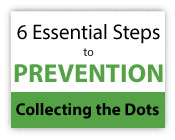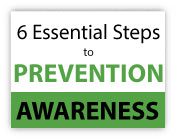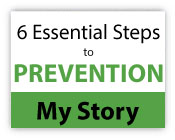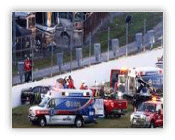6 Essential Steps to Proactive Prevention: Part 6
As mentioned in Part 5 of this blog series, there are 6 Essential Steps to Proactive Prevention, Awareness is step 1, Collecting the Dots is step 2, Assessing the Dots is step 3 and Connecting the Dots is step 4. Step 5 is Intervention & Monitoring and Step 6 is Preventing & Monitoring. What does Intervention and Prevention and Monitoring involve? Collaboration in creating an intervention plan, 100% cooperation across organizations to implement the intervention plan, continuously monitoring behaviors to see if intervention plan is working, continuously monitoring situation to determine if risk levels / individuals are escalating or de-escalating based on latest information, immediateRead More →
